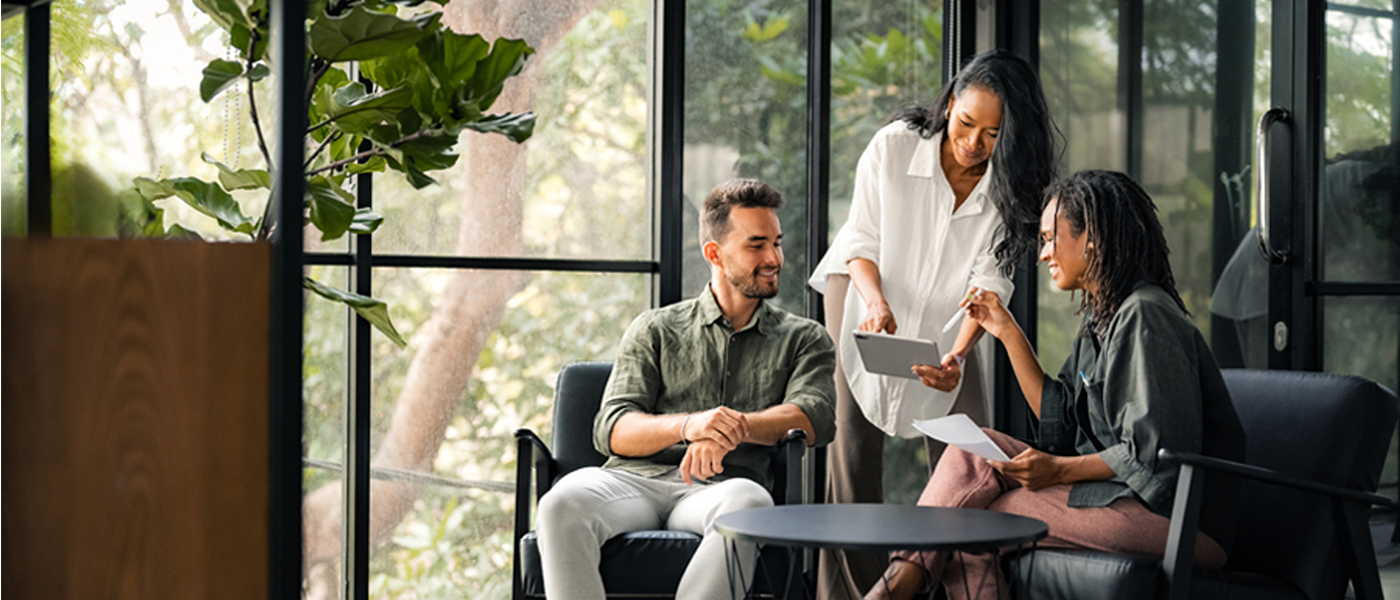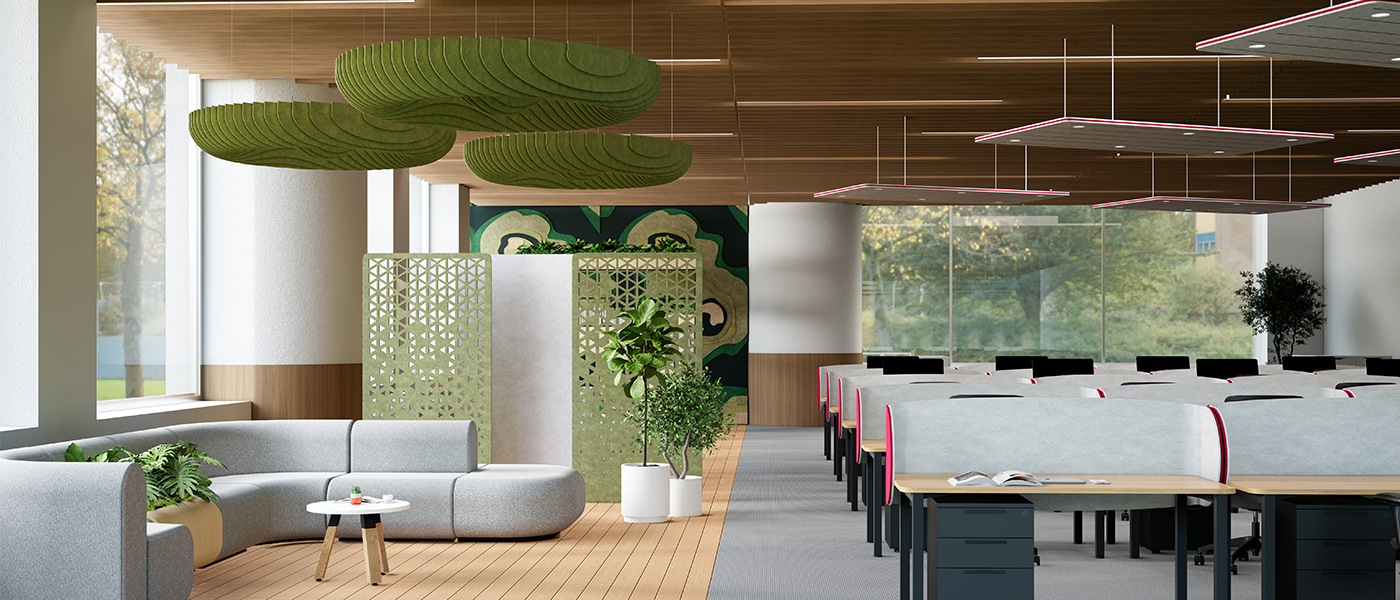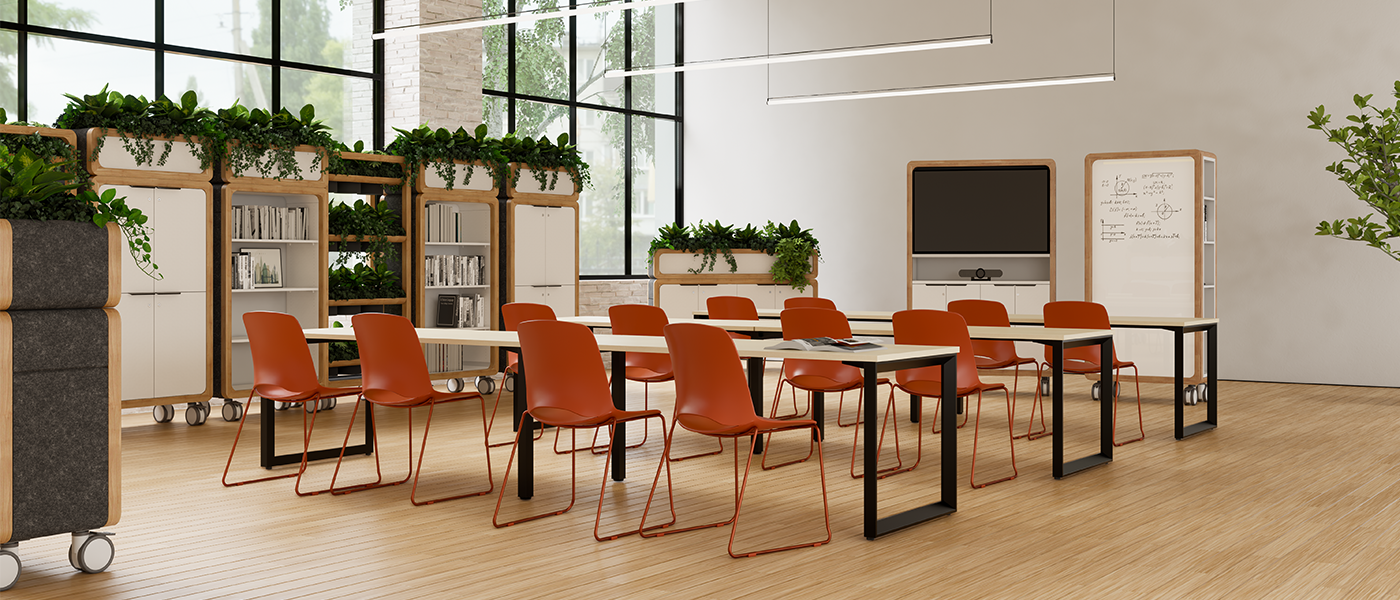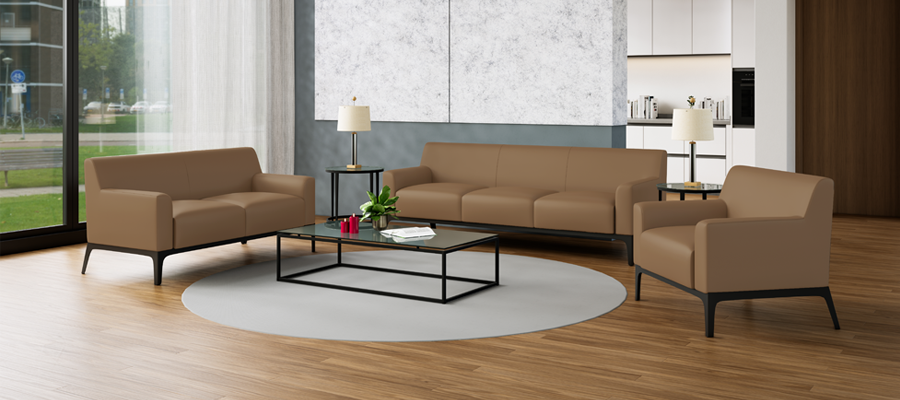How to Choose Durable Yet Stylish Soft Seating for A high-Traffic Areas
written by OLG
When furnishing high-traffic commercial spaces like lobbies, waiting rooms, and collaborative workspaces, it’s crucial to strike the right balance between durability and aesthetic appeal. Soft seating in these areas must endure daily use while projecting a welcoming, modern look. Below is a practical guide to help you select long-lasting, stylish soft seating for high-use environments.
Choose Resilient Materials
Materials must be strong enough to withstand frequent use while providing comfort. Heavy-duty linen, commercial-grade microfiber, vinyl, and leather are common choices for high-traffic areas. According to the Association for Contract Textiles (ACT), high-performance fabrics designed for contract settings often include abrasion resistance (minimum 30,000 double rubs), stain repellence, and colourfastness.
Check Fabric Density and Thread Count
Fabrics with a high thread count or denser weave offer more resistance to wear. A high thread count, above 200 is a good benchmark for durability in commercial settings. Denser textiles are less likely to snag, stretch, or tear, which prolongs furniture lifespan and maintains a clean, structured look.
Consider the Fibre type: Synthetic or Blended Fibres
While natural fibres like cotton or wool provide premium texture, they often lack durability for commercial use and may require more upkeep. Synthetics like polyester, nylon, or olefin offer superior resistance to stains, UV fading, and moisture.
Blended fabrics, combining natural and synthetic fibres, can offer a desirable mix of texture, resilience, and ease of maintenance. They’re increasingly popular in both hospitality and workplace design for balancing aesthetics and practicality.
Choose Practical Colours and Patterns
Stick with earthy tones, greys, taupe’s, navy, or charcoal, for the main upholstery, which better conceals wear and stains. Brighter colours or bolder patterns can be introduced through cushions or throws that are easy to refresh seasonally.
Patterns, tweeds, and darker tones naturally disguise spills and dirt, extending the clean appearance of seating in busy environments.
Complement the Surrounding Aesthetic
Ensure the seating design aligns with the broader interior style, whether that’s minimalist, industrial, or biophilic. A consistent design language contributes to a cohesive, professional look.
Choose styles with clean lines and timeless silhouettes to avoid premature visual obsolescence. Furniture should maintain relevance even as surrounding trends evolve.
Embrace Flexible and Modular Designs
Modular furniture is ideal for reconfiguration based on use, supporting casual collaboration, group meetings, or private breakout zones. This is especially effective in agile working environments.
Consider pieces that serve dual purposes, like storage ottomans or seating with power and data integration for modern workplace needs.
Fit for the Space
Scale seating appropriately to the room size. Oversized sofas can overwhelm small spaces, while too-small chairs may appear lost in large atriums. Maintain clear walkways to prevent congestion. Use strategic placement and low-profile designs to define zones without obstructing sightlines or foot traffic.
Incorporate Privacy Elements
In open-plan spaces, privacy-enhancing designs such as high-back lounges, pods, or integrated acoustic panels provide comfort while minimising distractions. This trend has grown with the rise of hybrid and activity-based working (Herman Miller, 2021).
Cater to Different Users: Offer Seating Variety
Mix lounge chairs, modular sofas, stools, and benches to support varied user preferences and tasks, whether relaxing, working solo, or gathering socially. Provide a mix of heights and armrests for people with mobility or physical access needs.
Task-oriented zones benefit from upright, supportive chairs, while lounges and waiting areas should include deeper seating for comfort and relaxation.
Choose Sustainable Options
Sustainability is a growing concern in commercial fitouts. Choose seating made from FSC-certified wood, recycled content, and GREENGUARD or OEKO-TEX® certified textiles (Green Building Council of Australia).
Durable furniture requires fewer replacements, reducing environmental impact over time. Modular seating systems also support reuse or reconfiguration, which extends usability. Support manufacturers with low-waste production methods, circular economy principles, and local sourcing, key tenets of sustainable design as outlined by the International Living Future Institute.
Conclusion
Durable soft seating doesn’t need to compromise on style. The key is to evaluate materials, construction quality, ergonomics, and design alignment with the space’s function and identity. Performance fabrics, flexible configurations, and eco-conscious materials provide long-term value for high-traffic environments.
By making thoughtful, informed choices, you can create an inviting, resilient, and visually appealing space that meets the demands of constant use and reflects a commitment to both user comfort and responsible design.
Click to download a printable PDF.




